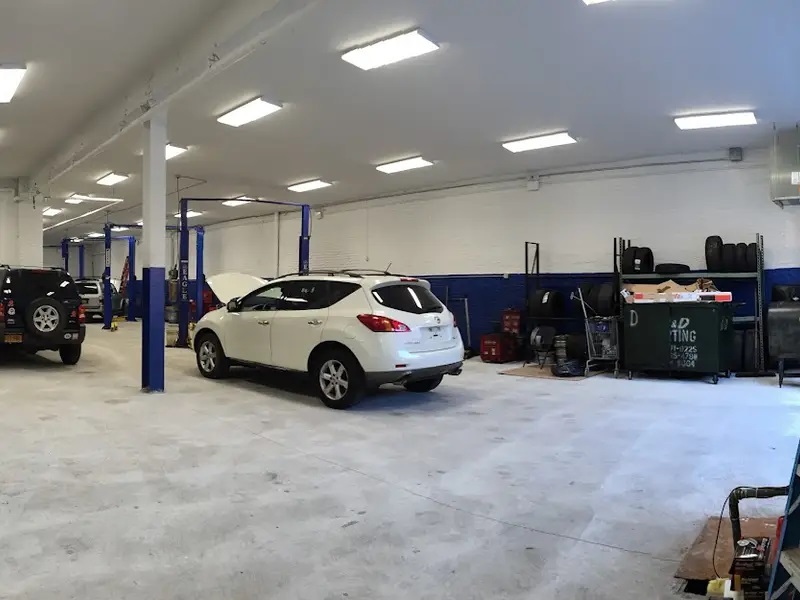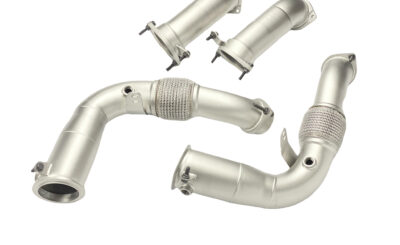The windshield wiper system is an essential safety feature in vehicles, ensuring clear visibility during inclement weather. At the heart of this system lies the wiper motor relay, a small but crucial component responsible for controlling the power supply to the wiper motor. When this relay fails, the functionality of the wipers is compromised, potentially leading to hazardous driving conditions.
Understanding the Wiper Relay’s Function
The wiper motor relay is a crucial electrical component that functions as an intermediary between the driver’s command and the wiper motor’s operation. Acting as an electrical switch, it efficiently controls the power supply to the motor. When the driver engages the windshield wipers, a signal is transmitted to the relay, prompting it to close the circuit. This closure allows a surge of electricity from the car’s battery to reach the wiper motor, initiating its function.
Consequently, the motor drives the wiper arms, effectively clearing the windshield for improved visibility. Beyond a simple on/off mechanism, the relay also governs the wiper’s speed settings, managing both continuous and intermittent modes. This ensures that the wipers operate precisely as the driver intends, adapting to varying weather conditions and driving preferences, ultimately enhancing safety and convenience. Assurance about that comes from the Auto Repair in Severance, CO based service.
Symptoms of a Failing Wiper Motor Relay
Several telltale signs indicate a potential wiper motor relay failure. One common symptom is the complete failure of the wipers to operate. While this could also point to a faulty wiper motor, a malfunctioning relay is a likely culprit. Another symptom is erratic wiper behavior, such as the wipers operating at the wrong speed, failing to switch between settings, or stopping mid-sweep. In some cases, the wipers may only work intermittently or fail to turn off even when the control stalk is in the “off” position.
Consequences of a Malfunctioning Relay
A failing wiper motor relay can have serious consequences, particularly in adverse weather conditions. If the wipers fail unexpectedly during heavy rain or snow, visibility can be severely reduced, increasing the risk of accidents. Furthermore, a malfunctioning relay can drain the car’s battery if the wipers remain running even when the vehicle is turned off. This can lead to a dead battery and the inconvenience of a jump-start or replacement.
Troubleshooting and Replacement
When suspecting a faulty wiper motor relay, a few troubleshooting steps can help confirm the diagnosis. First, check the relay’s fuse, as a blown fuse can mimic the symptoms of a relay failure. If the fuse is intact, try swapping the wiper relay with a similar relay from another system, such as the horn or headlights, to see if the problem resolves. If the wipers start working with the replacement relay, the original relay is likely faulty and needs replacement. Replacing a wiper motor relay is typically a straightforward process, involving locating the relay box (usually under the hood or dashboard), removing the old relay, and plugging in the new one. However, consulting a mechanic is recommended if you’re uncomfortable performing the replacement yourself.








